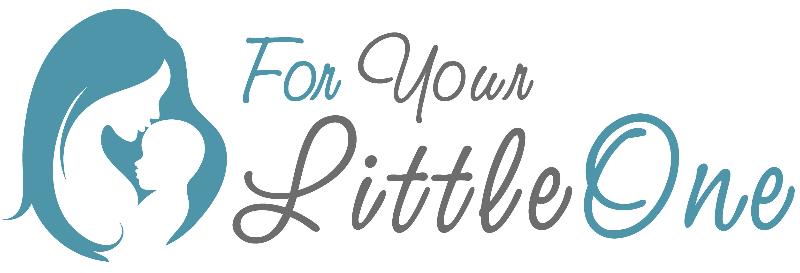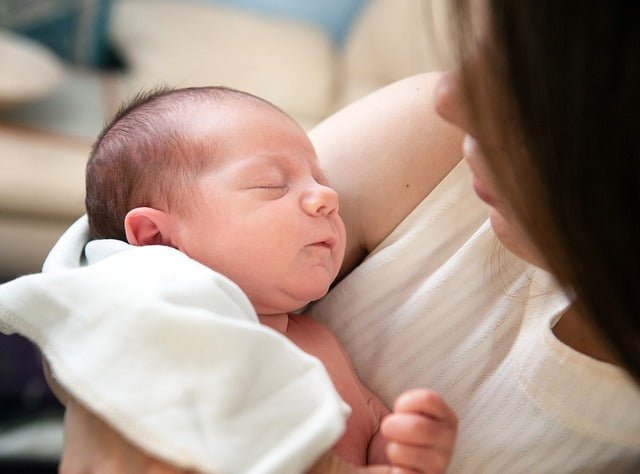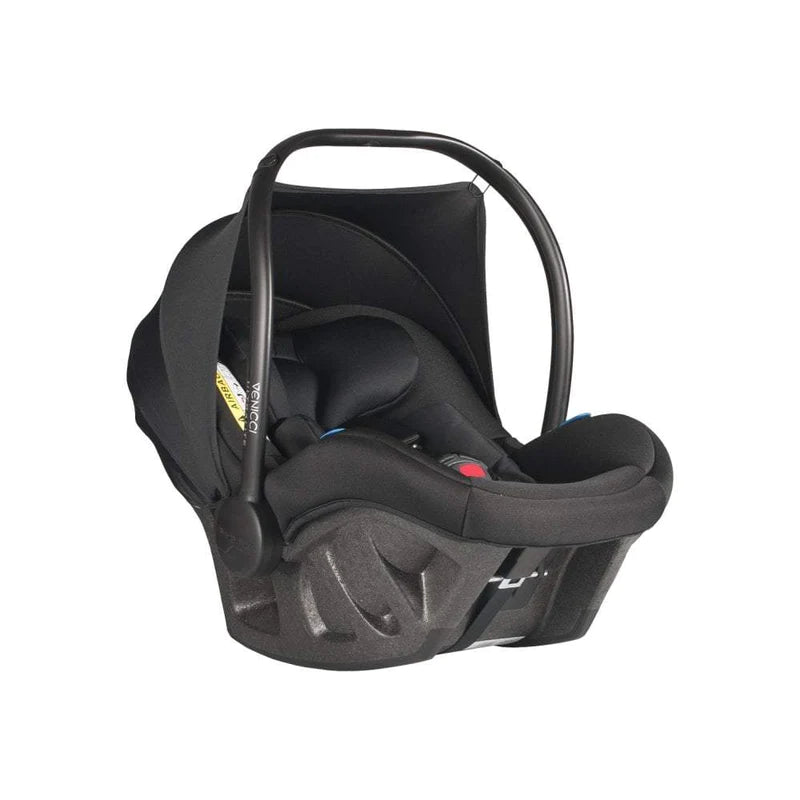How to baby proof a bed and keep your baby safe
If your baby is ready to sleep in a bed - whether it's your bed or a bed of their own - baby proofing the bed is an essential step to ensure that your baby sleeps safely and comfortably each night. In this article, we'll explore what you need to consider before you move your baby to a bed and how to baby proof a bed or a cot to prioritise your baby's safety and get a good night's sleep.
When is my baby ready to move to a bed?
When your baby is very little, it's recommended to put your baby to sleep in a cot, bassinet, or Moses basket away from pets and other children. Young babies are often happier in smaller sleeping spaces than in large beds, and the protections offered by a cot or bassinet prevent your baby from accidentally rolling out of bed and hurting themselves. If you're considering co-sleeping with your baby in your own bed, take simple precautions to make your bed safe and prevent accidents. The older your baby is when you start co-sleeping, the safer it is to co-sleep - but provided your baby was not born prematurely or with a very low birth weight, and neither you nor your partner smokes, drinks, or takes drugs, it may be safe to co-sleep from birth in a bed. The Lullaby Trust offers advice and recommendations to parents on
safe co-sleeping to prevent the risk of SIDS. If your baby is currently sleeping in a cot and you're wondering when it's time to move him or her up to a toddler bed, consider the needs of your child as well as their safety. Many people move small children from cots to beds when they're between two and three years old, but sometimes you may want to move your baby up to a bed sooner than this - for example, if you need to use your cot for another baby. Ideally, babies shouldn't move into beds until they're at least a year old.
How to baby proof a toddler bed
If your baby is moving up from a cot to a toddler bed or a small single bed, there are steps that you can take to keep them safe and comfortable throughout the night and prevent nighttime wakings caused by falls and accidents. When you're choosing a bed for your baby, some additional planning can help to keep your baby safe: • Choose a firm mattress and, if you're buying secondhand, make sure it's clean and free of mould • Don't put pillows in your baby's bed until they are at least 2 years old • Use bed rails to stop your baby from falling out of bed • Check that there are no gaps your baby could roll into and can get stuck in, either in the bed frame, rails, or between the bed and the wall • Keep your baby's bed free of heavy blankets and sheets As well as keeping your baby safe in their new bed, it's important to try and make your baby's transition to a bed positive for them. Tell your baby how proud you are of them moving into a big bed, and let them help to pick their new bedding. Some children may find a gradual transition easier, for example, if you set their new bed up in their bedroom while they're still sleeping in a cot and let them explore their new sleeping space for a few days before you ask them to sleep in it overnight.
How to baby proof a bed for co-sleeping
If you're considering co-sleeping with a baby, it's important to know how to baby proof a bed for safe co-sleeping. Safe co-sleeping involves clearing out your bed and installing safety accessories to: • Remove any loose textiles or objects that a baby could get caught in • Prevent your baby from falling off the bed • Ensure that there is adequate space for you, your partner, and your baby • Keep your sleeping space free of choking hazards and other dangerous objects Safe co-sleeping is key to reducing your baby's risk of Sudden Infant Death Syndrome (SIDS) and maximising the quality of their sleep. Clear their sleep space and keep pillows, sheets, and blankets away from your baby, as well as any other items that could prevent your baby from breathing or cause overheating. Dress your baby in a baby sleeping bag to keep them warm at night, and keep your own bedsheets at waist height - well below your baby's head - to prevent loose bedding from covering your baby's face. It's also important to make sure that your baby isn't going to fall out of bed or get trapped between the bed matters and the wall. You could do this by installing a bed guard or bars - but make sure it's baby-safe. Do not install bars that your baby could get stuck and make sure there is no gap between the mattress and the bars for your baby to get caught in if they roll towards the edge of the bed. Finally, keep pets and other children out of the bed and never co-sleep with a baby or a young child when you've been smoking, drinking, or taking drugs.
Stock up on baby essentials
If your baby is ready to make the transition into their own bed - or into yours - stock up on baby essentials including
baby bedding, bumpers, and sleeping bags. Keep your baby happy and safe and get a good night's sleep yourself with our vast selection of baby items and accessories, hand-picked for you by our team of experts at For Your Little One.



